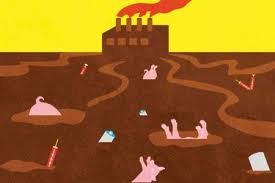5 ways that humans impact ecosystems
Excluding the beaver, no other animal on the planet alters its environment as much as humans. As a result, the impact of the actions of humans is widespread, even if the effects are not overtly noticeable. Some ways that we affect our ecosystems include: Habitat fragmentation: This occurs when an organism’s favored environment is disrupted…


